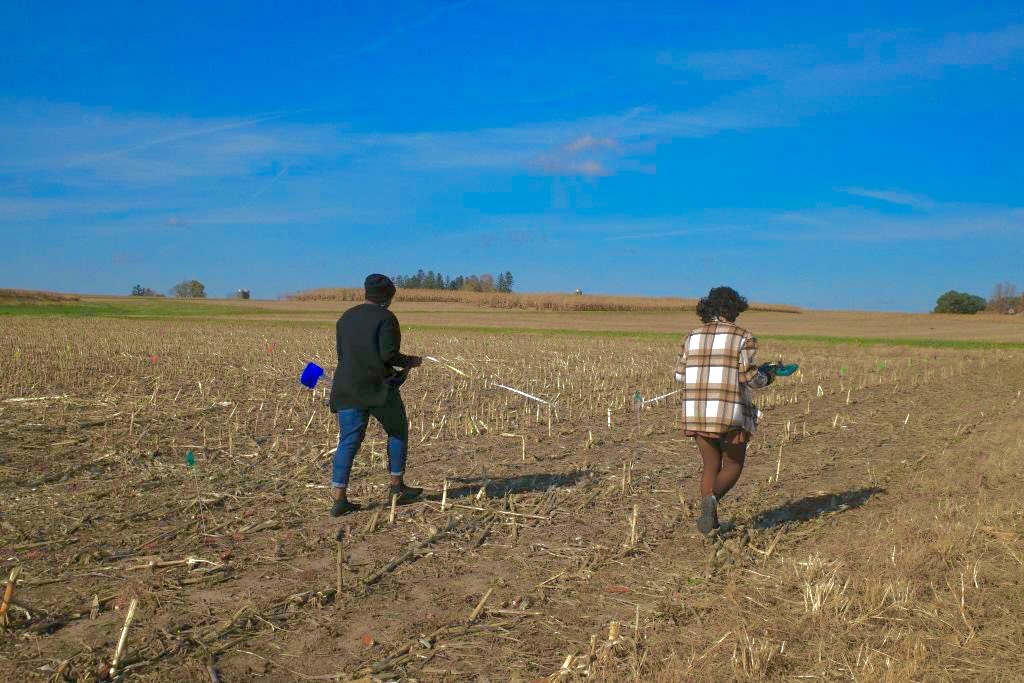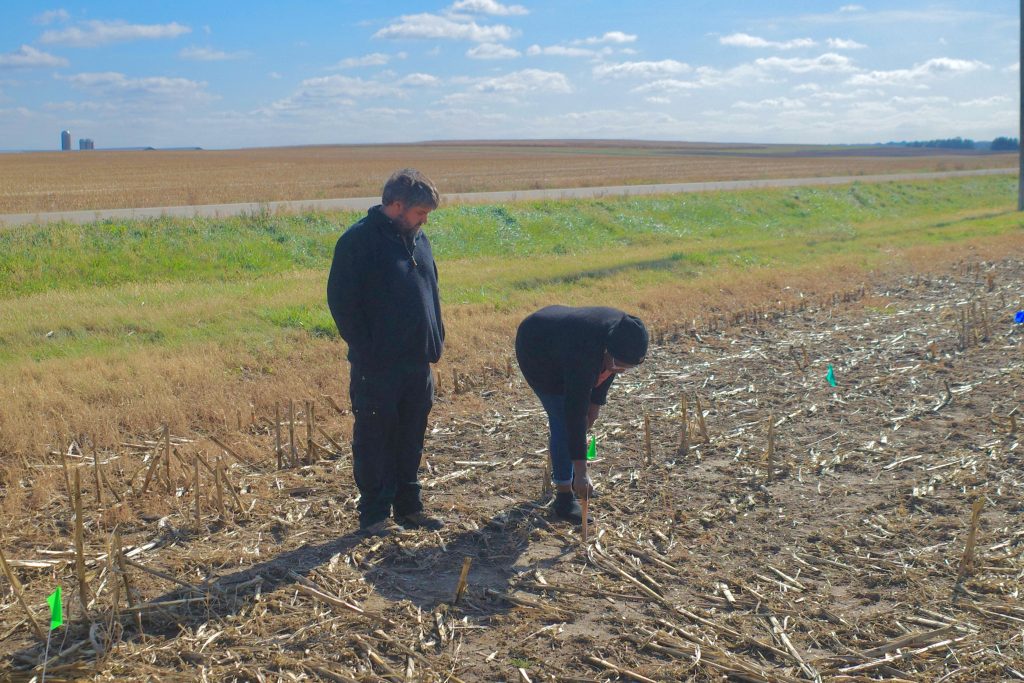The Soil Fertility & Nutrient Cycling Lab conducts research in
three key areas,
along with
collaborative projects.
For more details on ongoing trials, scroll down to
Field Trials section.

1. Manure and nutrient availability in cropping systems
It is well known that manure has many benefits for the soil and that it is an important resource for Wisconsin farmers. In addition, the practice of processing manure to reduce its volume and concentrate the nutrients is increasingly adopted and questions arise about nutrient availability from raw and processed manures. Specifically, how manure nutrient credits and losses are affected by processing, and various management, and environmental factors.
2. Crop canopy sensors and variable rate technology
Our research seeks to incorporate these tools to investigate in-season nitrogen availability from organic sources and commercial fertilizers with the goal of developing nutrient recommendations using this technology.


3. Nitrogen management in small grains and forages
i.) Small grains. Nitrogen fertility has a significant effect not only on production but also on the quality characteristics of small grains such as wheat and barley. Our research will investigate the economic optimum nitrogen rate for different varieties of small grains growing on different soil types while also investigating the effect of nitrogen rate and timing on the production and quality of the grains.
ii.) Forages. Both small grains and legumes are utilized as animal feed. Our research will investigate nitrogen credits from pure legume stands and grass inter-seeded legumes. In summary, our work seeks to contribute to developing and refining nutrient recommendations for corn, small grains, and forages, and expand the knowledge on nutrient credits from organic sources
Collaborative Research
We work with multiple partners:
- University of Wisconsin–River Falls
- Nitrogen Optimization Pilot Program (NOPP)
- Sensor-based nitrogen credit evaluation (from manure)
- Nitrogen credit evaluation from legumes in grass-legume mixtures
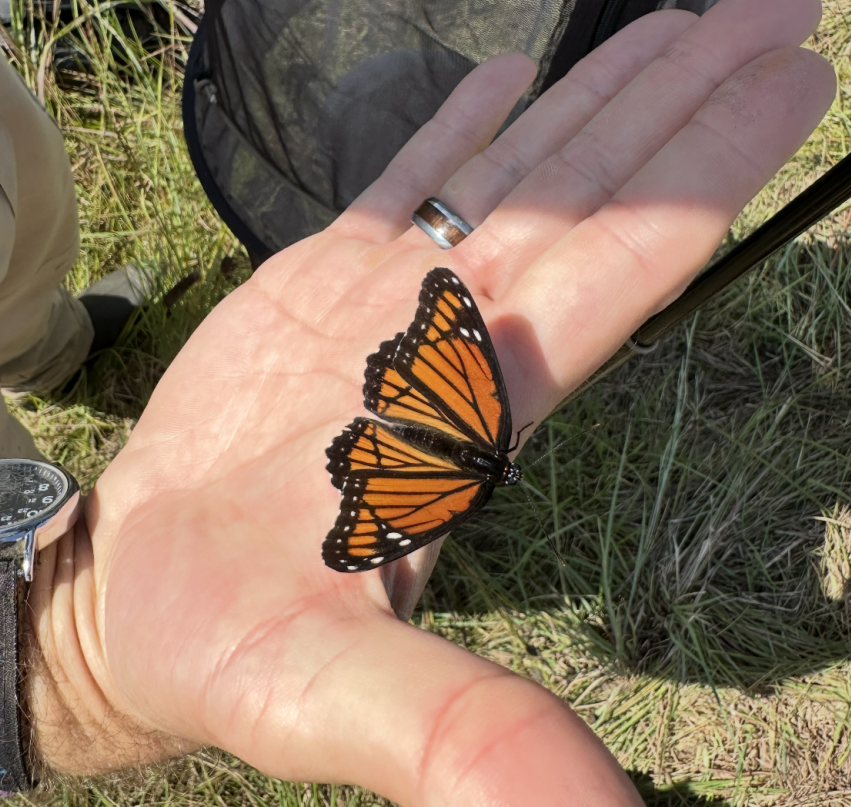
Field Trials
Visit our Trials Section to explore photos of our fieldwork, experiments, and collaborations in action! Here, you’ll find a glimpse into our hands-on approach, showcasing real-world applications of our research and the diverse landscapes we work in.

Manure Field Trials
- Arlington Agricultural Research Station
- Marshfield Agricultural Research Station

Greenhouse Trials
- West Madison Ag Research Station
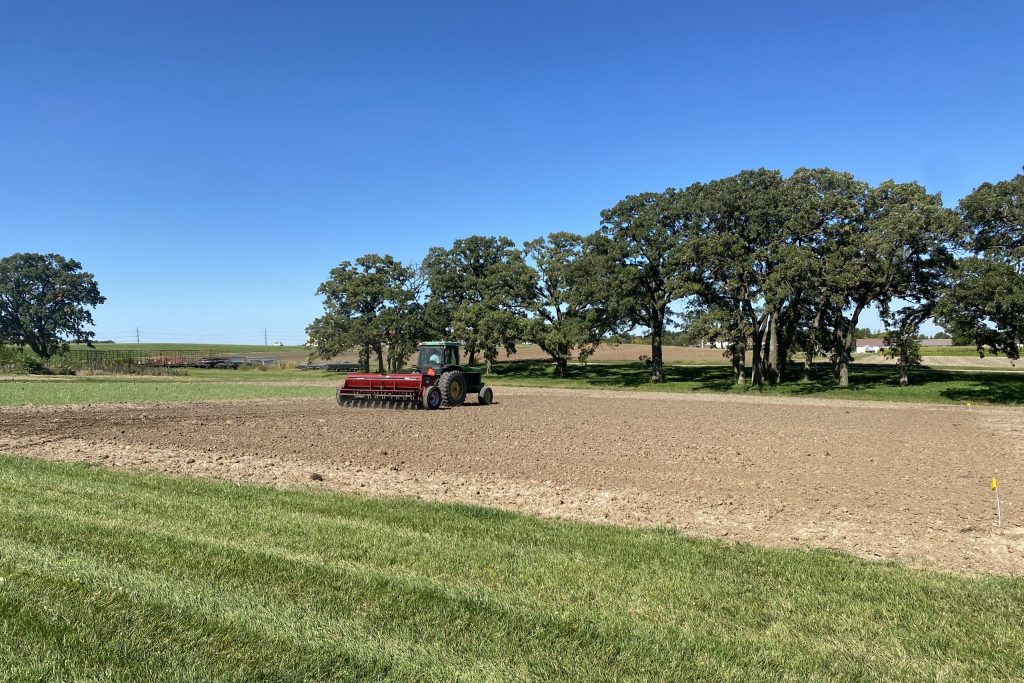
Winter Barley Field Trials
- West Madison Research Station
- Janesville WI, Rock County

Winter Wheat Field Trials
- Arlington Agricultural Research Station
- Marshfield Agricultural Research Station
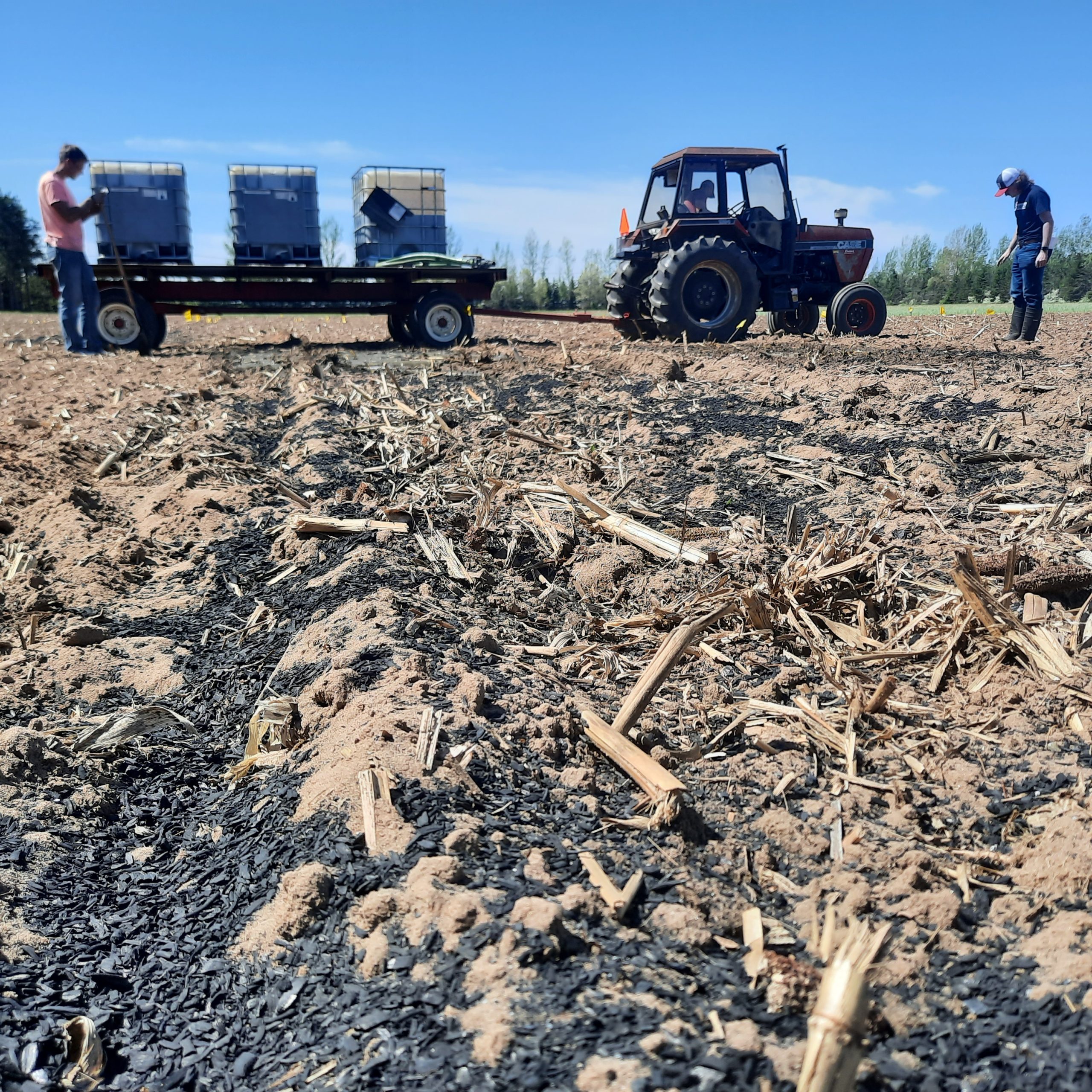
Biochar Field Trials
- Hancock Agricultural Research Station




